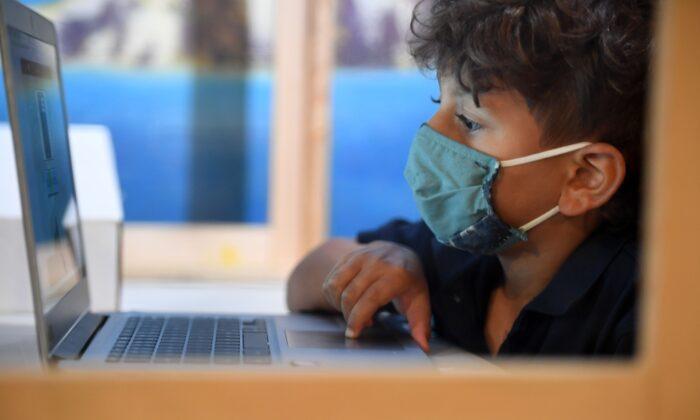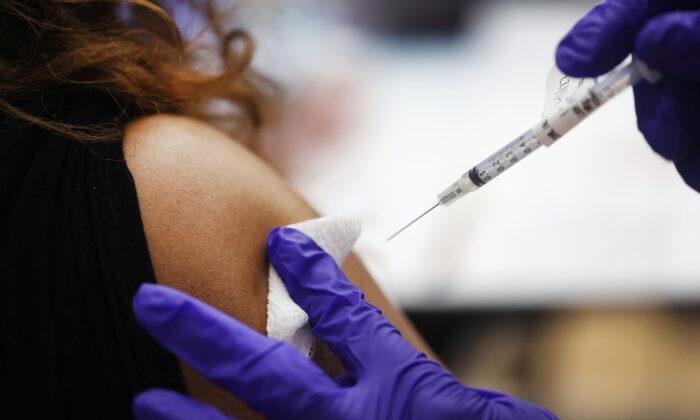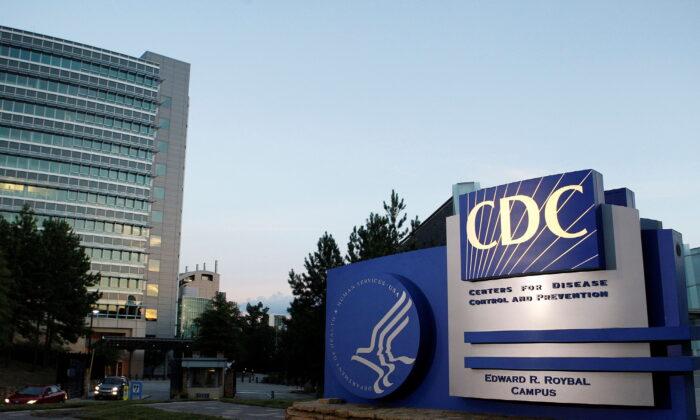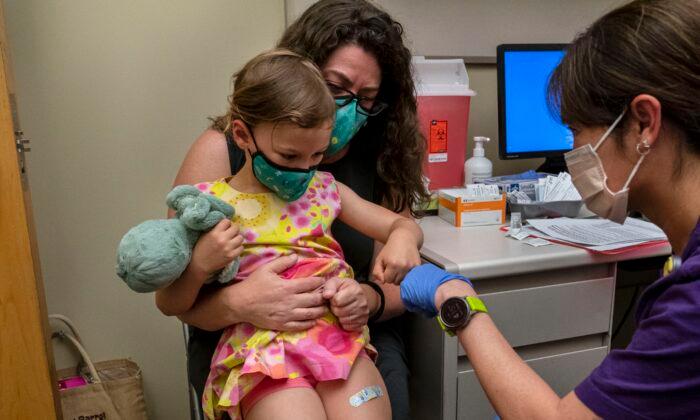“Virtual instruction might present more risks than does in-person instruction related to child and parental mental and emotional health and some health-supporting behaviors,” the researchers said, adding that children “might need additional support to mitigate pandemic effects.”
The findings of the CDC study were based on a survey of 1,290 parents of children aged 5 to 12 who received either in-person instruction, online learning, or a combination of online and in-person instruction. The survey was conducted between Oct. 8 and Nov. 13, 2020.
Parents of children learning remotely were more likely to report worsening emotional or mental well-being of their kids (24.9 percent) than parents whose children received in-person learning at school (15.9 percent). But reports of anxiety and depression were similar in children in all three learning models, highlighting the importance that schools play in providing mental health services for children.
“Common reasons for accessing services in educational settings included problems with schools, friends, and family members,” the researchers said.
As for how much physical activity kids were getting, about 62 percent of the parents of remote learners said their children were less active than before the pandemic. About 30 percent of parents of children attending school every day said their children were less active. In addition, parents of virtual learners told the CDC that their kids spent less time outside than before (58 percent), compared to 27.4 percent of kids receiving in-person instruction.
Parents also reported on their mental and emotional well-being, including concerns over difficulties in child care arrangements and job stability.
The researchers said that parents of online learners “more frequently reported their own emotional distress, difficulty sleeping, loss of work, concern about job stability, child care challenges, and conflict between working and providing child care than did parents whose children were receiving in-person instruction.”
In addition, parents of children receiving hybrid learning also “reported conflict between working and providing child care and loss of work more often than did parents of children receiving in-person instruction.”
Some of the limitations of the findings include the small sample size and response rate possibly affecting how applicable it is to the population as a whole, and the results not representing all children aged 5 to 12.
More schools across the country are having students return to five days per week of in-person learning, while still offering virtual learning for students who wish to continue with that model.







Friends Read Free